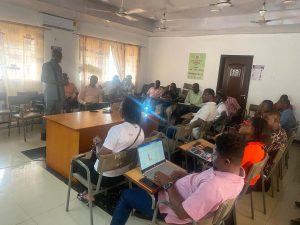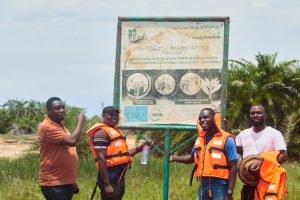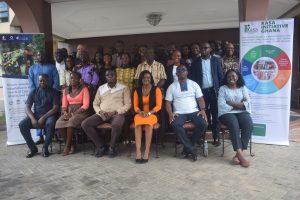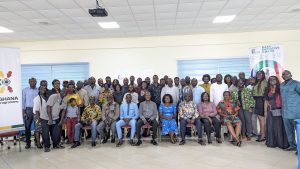
The UNFCCC allows for Parties to review their Climate Change commitments towards Global emissions reduction communicated through their NDCs. Therefore, Ghana as a party to the convention is preparing for this exercise scheduled to be completed within the next seven (7)
months.
CSOs in Ghana who are critical stakeholders in contributing to achieving the climate change commitments by Ghana need to be well equipped and capacitated enough to compliment National efforts in this regard.
Therefore, IUCN and KASA Ghana recognizes this occasion as a strategic period to engage a critical number of CSOs with support of the National Climate Change focal point from the EPA as Resource Persons to build CSOs capacity on the new guidelines for the revision of the GH-NDC2.0 framework into GH-NDC 3.0 (2025-2028).
One key objective of this workshop is to enable CSOs have their own set of climate change
programs and actions well included in the GH-NDCs 3.0 framework. It is believed that with this inclusion, CSOs are better placed to independently report on their collective actions to contribute to emissions reduction in Ghana.





